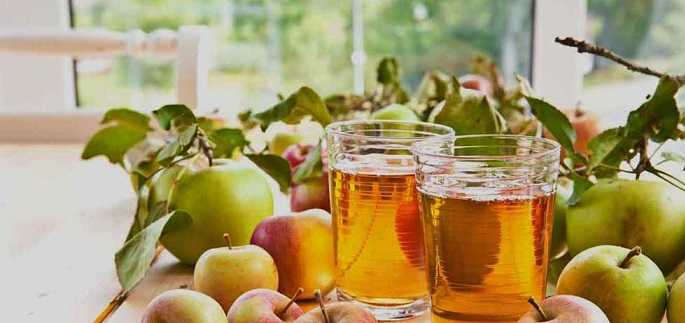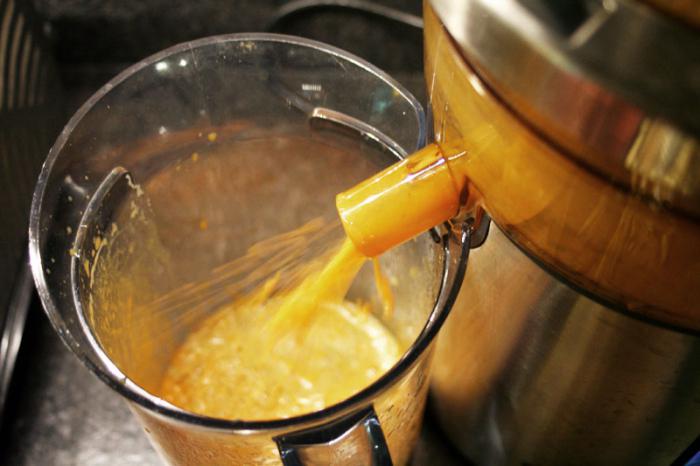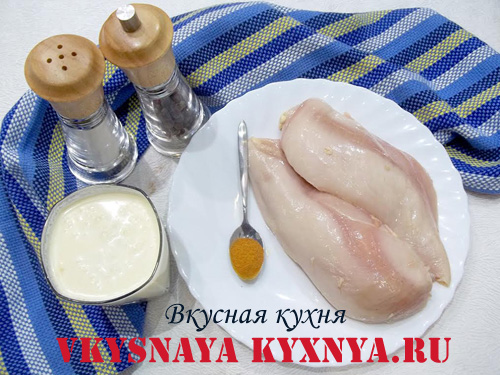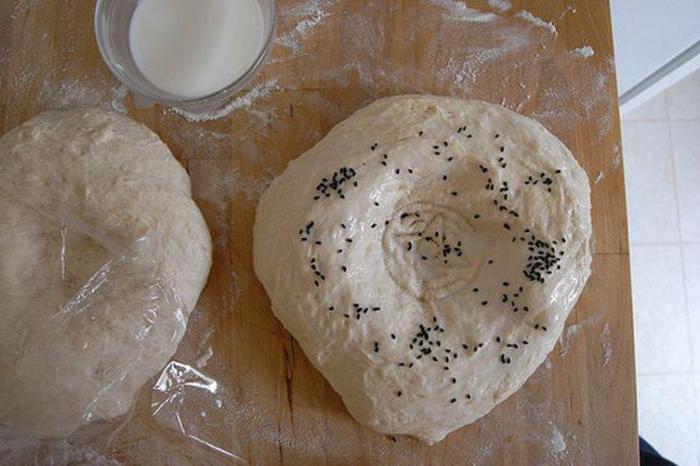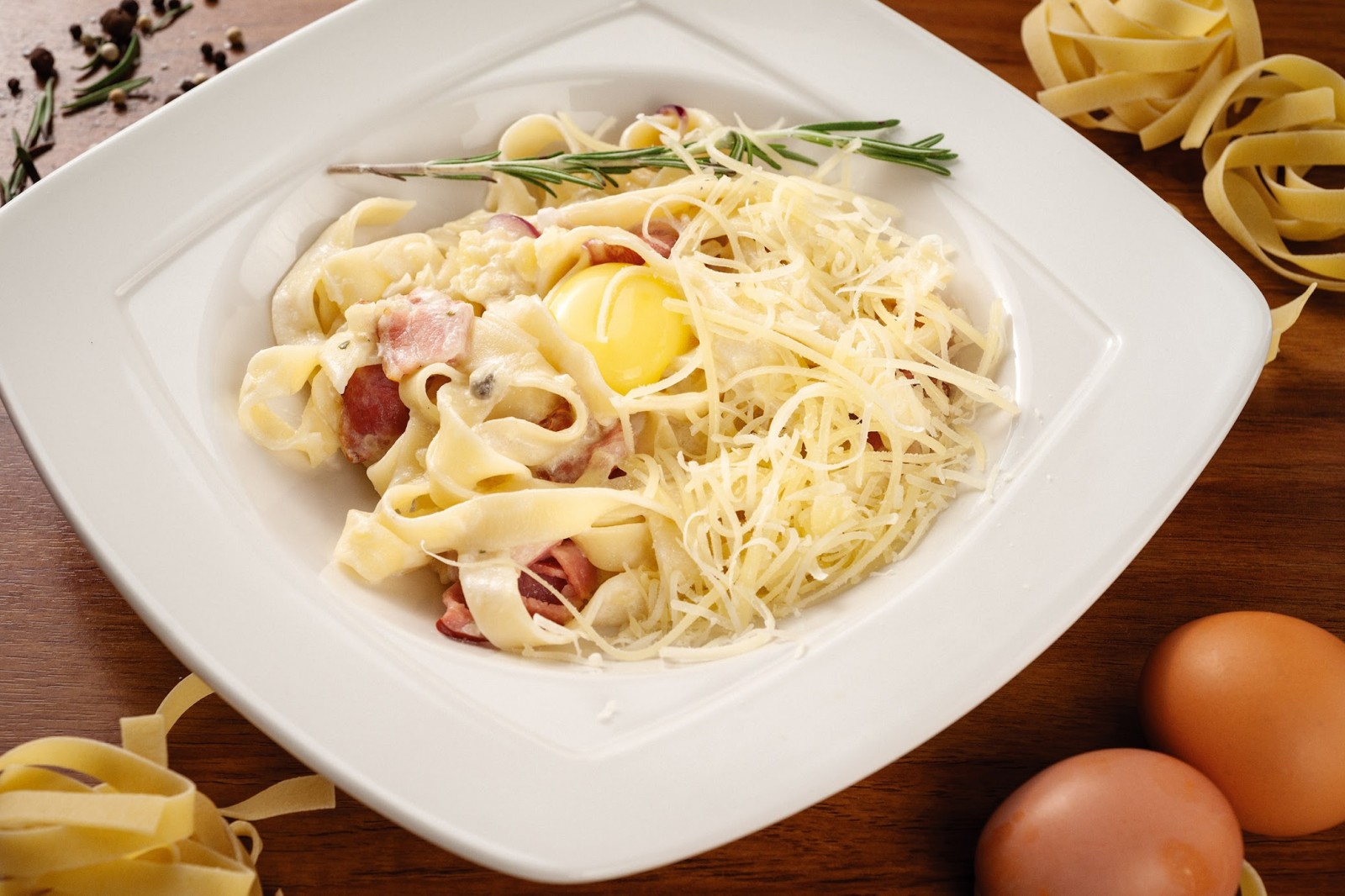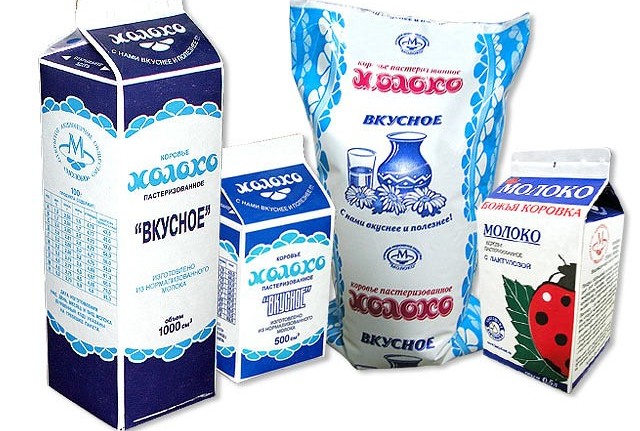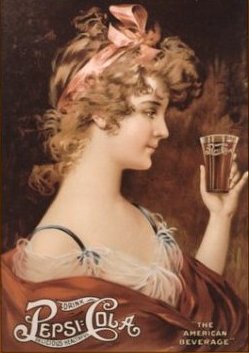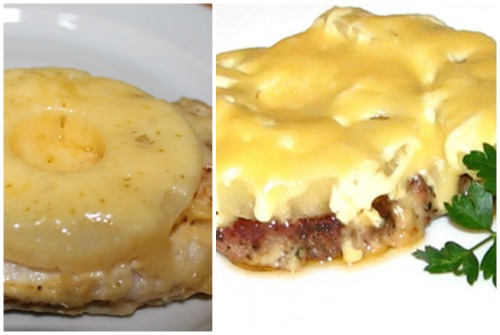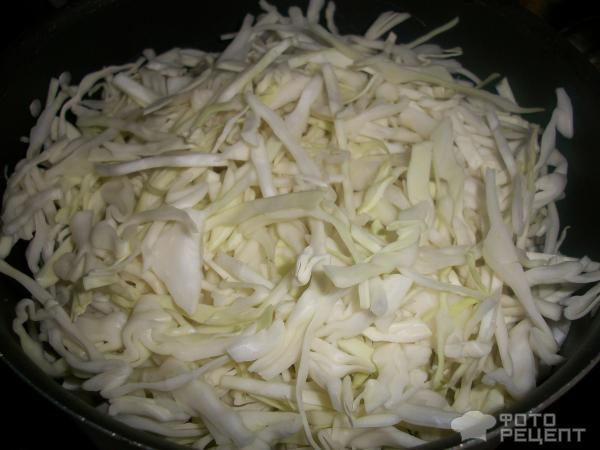Traditional christmas food. Christmas menu in england
The history of Christmas in the British Isles is rooted in the distant past, but the modern traditions of the Christmas holidays were finally formed only in the 19th century in the Victorian era. At the same time, the genre of the Christmas story or the holy story was born, the founder of which is considered the classic of English literature Charles Dickens.
Dickens' Christmas novels were published for five years (1843 - 1848) in the December issues of his home reading and year-round magazines. Their popularity was so great that the very name of the novelist became synonymous with the winter holiday.
Gilbert C. Chesterton called the holy tales "Dickens' great campaign in defense of Christmas."
Fighting for Christmas, he fought for an ancient European holiday, pagan and Christian, for a trinity of food, drink and prayer. ” ( essay “Dickens and Christmas”, 1906).
On the pages of his stories appear the true traditions of the good old England.
 He saw his own living room, but much changed. The walls and ceiling were covered with a grid of greenery and flaunted with scarlet berries, as if in the living room a whole grove had risen in the evening ...
He saw his own living room, but much changed. The walls and ceiling were covered with a grid of greenery and flaunted with scarlet berries, as if in the living room a whole grove had risen in the evening ...
In the leaves of holly, mistletoe and ivy, the light reflected and played, as in a myriad of small mirrors. It burst in the fireplace, and the fire blazed, and such that such a fire, never, in any winter, was even suspected by the skinny, chilling Cameroe of Scrooge and Merley. On the floor lay a tall pile, something like a throne: turkeys, geese, all kinds of game and animals, all kinds of meat - pigs, ham, arshin sausages, sausages, mince pies, plum puddings, oyster barrels, baked chestnuts, rosy apples, juicy oranges and pears, huge "baptismal" pies - and, for all this, punch bowls full of aroma ... The jolly giant - "on display" sat, stretching, on the couch; he had something in his hand that looked like a “cornucopia,” and he lifted it when Scrooge looked into the half-open door. "
“Hunks Scrooge, Christmas Carol in Prose” (1843)
The custom of decorating the house with holly, mistletoe and ivy has been preserved since the pre-Christian holiday of the Winter Solstice. Mistletoe the ancient Druids attributed mystical properties to bring good luck to the house, to drive out evil spirits and heal from all diseases. From England came the tradition of kissing under a sprig of mistletoe. Such a kiss was considered a harbinger of eternal love and inevitable marriage.  Holist, remaining green even in severe cold, from ancient times served as a winter emblem of hope and joy. According to the beliefs of the early Christians, the crown of Christ was made of holly and after the blood of Jesus was shed, the berries of the bush turned red.
Holist, remaining green even in severe cold, from ancient times served as a winter emblem of hope and joy. According to the beliefs of the early Christians, the crown of Christ was made of holly and after the blood of Jesus was shed, the berries of the bush turned red.
Ivy was associated with immortality and the need for protection. In the Christian tradition, it is a symbol of human support by higher powers.
The custom of decorating the Christmas tree appeared in England in the middle of the XIX century and its distribution is associated with the name of Prince Albert, husband of Victoria. It was he who began to actively introduce among the subjects of his wife the Christmas customs of his German homeland. On December 12, 1848, an engraving of The Christmas Tree at Windsor Castle, depicting a royal family near a Christmas tree, was published in London Illustrated News. A new custom quickly took root in all walks of life.


Another of the rituals of English Christmas - burning in the fireplace yule log (yule log). The name comes from Yule - the pagan festival of the winter solstice. The logs were decorated with garlands, sprinkled with cider or ale and sprinkled with flour. The ceremonial Yule log burned all night, and then smoldered for the next 12 days.
But the most anticipated event of the holiday was a gala dinner. Roasted goose or turkey was also traditional food.

The custom of serving a goose to a Christmas table appeared during the reign of Elizabeth I. There is a legend that on Christmas Day 1588, Elizabeth received the long-awaited news of the defeat of the invincible armada of Philip II of Spain. The Queen was just reinforced with a roasted goose and found this a favorable sign. By special decree, the fried goose was proclaimed the main Christmas dish. It is interesting that the plot of the story “The Blue Carbuncle” about the next case spins just around the Christmas goose.
But the table is set. Read the prayer. There is a painful pause. Everyone held their breath, and Mrs. Cratchit, with a probing glance over the blade of a roast knife, prepared to stick it into the chest of the bird. When the knife was thrust, and the juice splashed, and the long-awaited minced meat opened its gaze, a unanimous sigh of delight swept over the table, and even Little Tim, instigated by the younger Cratchits, tapped the table with the handle of a knife and squeaked weakly: “Hooray!”
No, there has never been such a goose in the world! Bob strongly stated that he would never believe that somewhere else such a wonderful stuffed goose could be found! Everyone vied with enthusiasm for its juiciness and aroma, as well as its size and cheapness. With the addition of apple sauce and mashed potatoes, it was enough for dinner for the whole family. ”
Charles Dickens, “Christmas Carol ”
Christmas Goose Recipe
 Ingredients :
Ingredients :
4-5 kilogram goose
4 lemons
3 limes
1 tsp Chinese mixture “5 spices”
Small bunches of parsley, thyme and sage
3 tbsp honey
Salt pepper
Grate the zest with lemons and limes, mix with two teaspoons of fine sea salt, add the Chinese mixture of “5 spices” and pepper (to taste). Thoroughly rub the goose with the resulting mixture inside and out.
Stuff with cut citrus fruits and herbs. Sew the goose’s abdomen with thread or fasten with skewers. Put the goose in the refrigerator for several hours (overnight). The older the goose, the more time - up to 48 hours.
Preheat the oven to 220C. Place the goose on a baking sheet and let it brown. Reduce the temperature to 170C, place the bird in a stewpan (gooseberry), pour honey, sprinkle with thyme and bake until cooked, periodically pouring with the allocated juice. If the goose starts to burn, cover it with foil. There is an approximate calculation of the goose cooking time - 15 minutes for every 450 g, plus another 15 minutes, in addition.
Before serving, let the goose “rest” for at least 30 minutes, covering with foil. The fat released during frying is used for cooking potatoes and vegetables.
And yet the famous favorite of the festive table was and remains the famous english plum pudding or flame pudding (plum pudding). Not the last role in its popularization was played by the crowned persons. For the first time, flame pudding is mentioned during the reign of Elizabeth I (1533–1603) as a festive dish that is not related to Christmas. But already in 1640, after the victory of the Protestants, pudding fell under the ban along with all the holidays, as a Catholic tradition. After the restoration of the monarchy, Charles II rehabilitated all the holidays by lifting the ban. There is a legend that flame pudding became a Christmas dish during the time of George I, nicknamed Pudding King. In 1714, during the celebration of Christmas, plum pudding was served on the royal table and has since become an integral attribute of Christmas royal meals. The high point of the pudding occurred in the middle of the 19th century thanks to Queen Victoria, becoming a must-have item for a Christmas dinner in all walks of life.
There are several traditions associated with making flame pudding.
Pudding should be prepared on the 25th Sunday after the Trinity of 13 ingredients, which symbolized Christ and His disciples.


All family members should have put their hand to the kneading of the dough. During stirring, a desire was necessarily made. A silver coin was placed in the pudding mixture to attract wealth, sometimes a silver thimble (for frugality) or a tiny anchor that symbolized a safe haven. Before serving, pudding was abundantly watered with brandy or rum and set on fire. Since puddings could be stored for a very long time, they were saved in many families until Easter.
AT Dickens' Christmas Song the atmosphere of enthusiastic expectation that preceded the appearance of flame pudding was conveyed:
Well, how the pudding did not reach! Well, how will it fall apart when they put it out of shape! Well, how they pulled him off while they were having fun and gobbling up a goose! After all, some intruder could climb over the fence, climb into the yard and steal the pudding from the back door! Such assumptions caused the younger Cratchits to die of fear. In a word, what horrors did not get into your head!
Attention! Steam poured into the room! This pudding was taken out of the boiler. It smelled like washing! This is from a wet wipe. Now it smells like near a tavern, when a candy store is nearby, and a laundress lives in a neighboring house! Well, of course - carry the pudding!
And then Mrs. Cratchit appeared - reddened, out of breath, but with a proud smile on her face and with a pudding on the dish - so unusually hard and strong that he most of all looked like a pockmarked cannonball. The pudding is engulfed on all sides by the flame of a burning rum and is decorated with a Christmas holly branch stuck in its very top.
Oh wondrous pudding! ”
Christmas Flame Pudding Recipe

Ingredients :
150 g currants
150 g raisins
150 g chopped prunes
175 ml brandy or brandy
100 g wheat flour
125 g fresh breadcrumbs (white loaf)
150 g butter
150 g sugar
1 teaspoon ground cinnamon
¼ teaspoon ground cloves
1 teaspoon baking powder
zest of 1 lemon
3 large eggs
1 medium apple (peeled and grated)
2 tablespoons of honey
Mix currants, raisins and prunes with cognac, cover with a film and leave overnight.
In a large bowl, mix all the pudding ingredients.
Thoroughly grease the mold to which the pudding will be prepared. Transfer the pudding mass into the mold, ramming it tightly with a spoon. Place the mold in a water bath in a larger pan filled with water. Cover the pudding firmly with parchment paper and wrap it tightly with foil on top and tie this “cover” with a thick thread so that water does not accidentally get into the mold during boiling. When the water begins to boil, turn down the heat and cook the pudding over low heat for 5 hours. Be sure to monitor the water level in a large pan, constantly adding to it.
Cover the finished pudding with a plate and gently turn it over. Wrap the cooled pudding in parchment and leave it in a cool, dry place for a couple of weeks for aging (preferably a month). Every 5-7 days, “feed” the pudding with a spoonful of brandy (brandy), having previously made several punctures.
Before serving, warm the pudding, pour cognac or rum and set it on fire.
In “Christmas Song” Dickens mentions the traditional drink of the Christmas holidays, which received the name of the translation “Christmas mulled wine”. In the original source, the exact name is indicated - Smoking Bishop, which translates to“steaming bishop" This drink, made from port wine, red wine, Seville oranges (oranges) and cloves, was unusually popular in Victorian England. A strange name is associated with a cup that resembles the bishop’s myrtle. In such bowls, the drink was served at the banquets of guilds and universities in the Middle Ages. There were numerous versions of mulled wine under the general name “churchmen” - “smoking archbishop”, where port was replaced with claret, “smoking cardinal” with champagne, “smoking dad” with burgundy and finally, “smoking beadle” - from ginger wine with raisins .
The bitter-sour Seville oranges (oranges) give the drink a piquant taste, but in modern recipes they are often replaced with more affordable oranges and lemons.
Mulled wine “The Smoking Bishop”
 Ingredients:
Ingredients:
5 oranges
1 lemon
½ cup sugar
1 bottle of semi-dry red wine
1 bottle of port
30 cloves
Cardamom, nutmeg, cinnamon sticks (to taste)
Preheat the oven to 160C. Wash the oranges and “poke” them with cloves. Place them on a baking sheet and bake in the oven for about 1 hour.
Transfer to a large glass or ceramic bowl. Pour oranges with red wine and add sugar. Close the bowl and let it sit in a warm place for 12 hours.
Remove the oranges, cut them in half and squeeze the juice into the wine. Add lemon juice. Strain the wine mixture into the pan.
Add port, spices (you can sweeten to taste) and put the drink on a slow fire. Do not boil! Serve the mulled wine with hot, garnished with orange peel, cut ribbon.
These are joyful days - days of mercy, kindness, forgiveness. These are the only days in the whole calendar when people, as if by tacit consent, freely open their hearts to each other and see in their neighbors, even in the poor and destitute, such people as themselves wandering along the road to the grave with them, and not some creatures of a different breed, which is appropriate to go the other way.<…> I believe that Christmas brings me good and will bring good, and long live Christmas! ”
“A Christmas Carol in Prose,” Charles Dickens
Merry Christmas to all!
The British easily discard their stiffness to have fun on the Christmas holidays. Tired of celebrating Christmas in familiar surroundings? Let's join the jolly English and try their traditional Christmas dishes.
“English Christmas Pudding”
This is a traditional recipe with a long history. Earlier, oatmeal was called a pudding, in which bread crumbs, raisins, almonds and honey were added. Gradually, the recipe was modified and reached our days in a slightly updated form. Ideally, English Christmas pudding should be prepared a couple of weeks before Christmas, so that it is well infused in the refrigerator. But we will not complicate the cooking process and make pudding no worse than English.
You will need:
Flour - 4.5 cups
Baking powder - 4 tsp
Salt
Cinnamon - 2 tsp
Allspice - 1 tbsp.
Clove - half tsp
Nutmeg
Butter - 150 gr.
Raisins - 1 cup
Kishmish - 1 glass
Apples - 3 pcs.
Walnuts - 1 cup
Brown Sugar - 1.5 cups
Eggs - 6 pcs.
Buttermilk - 1 cup
Bread crumb
Cooking:
The basis of Christmas pudding in the British is dried fruits and nuts. Therefore, carefully choose these ingredients for your dessert.
To start, grease six pudding molds with butter. Sprinkle them with flour and set aside, we will not need them yet. Combine flour with baking powder, cinnamon, allspice, cloves and nutmeg in a large bowl. Add a whisper of salt. In another bowl, mix dried fruit with two tablespoons of flour. Pour the contents of one bowl into another and mix.
Now you need to soften the butter, add sugar, eggs, buttermilk into it and beat well. Mix the liquid mixture with the dry mixture. Add the bread crumb and knead the dough, it should turn out elastic. Put it in the prepared molds, filling them in half. Cover the molds with a sheet of wax paper and tie tightly with thread. You need to cook puddings in a water bath for six hours, periodically adding boiling water. Serve with cranberry sauce or whipped cream.
The English before serving the pudding, pour rum on it and set it on fire. It looks very impressive.
“Pork in English”
You don’t have to be a professional chef to cook this traditional Christmas dish. It is quite simple, but includes unusual combinations of tastes.

You will need:
Pork - 1 kg
Apples - 2 pcs.
Mint - 1 tbsp. l
Butter - 50 gr.
Sour cream - 200 gr.
Mayonnaise
Bow
Salt pepper
Bacon - 100 gr.
Tarragon, thyme, caraway seeds
Cooking:
Take the bacon, divide it into two parts, put one part aside. Cut the second part into small pieces and sprinkle with black pepper, salt, add a tablespoon of mayonnaise. We cut pork into portions, about 250 g each. each. Coat each piece of pork with a mixture of bacon and mayonnaise and put in the refrigerator for two hours. After the meat is marinated, put it on a baking sheet, put in the oven for 20 minutes. Brown the meat until golden, it should be juicy, but not pink.
At this time, you can prepare the sauce: melt the butter in a pan, fry the onions, grated apples, fry everything over low heat. Add sour cream, stew with mint leaves, salt, pepper to taste. Cut the second part of the fat into thin strips and place on a plate. Pour a little sauce, put pieces of meat on it, pour over the sauce again and garnish with mint. Sprinkle the dish with spices (tarragon, thyme, cumin).
Almost everyone celebrates Christmas and look forward to the whole world. Each nation puts its own special meaning in this holiday, which is reflected in the culinary traditions. HELLO.RU says that it is served at a festive Christmas table in France, the UK, the USA, Japan and other countries.
France
Le Reveillon, also known as Christmas logs, is a traditional French dessert that is almost always served with champagne. In appearance, it looks like a fallen log, sprinkled with "snow" from powdered sugar, around which meringue mushrooms "grow".
Christmas "log"
As a main course, a fried goose stuffed with chestnuts or turkey, or just fried or baked in white wine, is served on the Christmas table. Also on Christmas, the French pamper themselves with delights: foie gras (goose liver pate), oysters (both fresh and salted or smoked), and cheeses are served for dessert.
Great Britain
Traditional English Christmas food is pudding and stuffed turkey with a vegetable side dish and gooseberry sauce. Pudding (plum-pudding) is made from breadcrumbs, flour, lard, raisins, eggs and various spices. The most striking detail of this recipe is that before serving, pudding is poured with rum, set on fire and set on a table, burning.
 Christmas pudding
Christmas pudding
In Scotland, Ireland and Wales, it is customary to serve fried pork or lamb, as well as baked goose, black pudding for Christmas dinner. And drink all sherry and whiskey.
As in many other countries, in America, stuffed turkey is considered a traditional dish. The turkey is just not stuffed with bread, cheese, prunes, garlic, beans, mushrooms, apples, cabbage. In addition, mashed potatoes, boiled corn and Brussels sprouts or broccoli are served with turkey. Cooked turkey is often served with cranberry sauce. A Christmas egg-nog cocktail is also prepared. This is a sweet drink based on raw eggs and milk. 
Japan
Under the influence of the West, Japan also began to celebrate Christmas. True, the Japanese festive table is very different from the traditional dishes of Europe and America. So, the holiday is not complete without cold appetizers "o-sich-riori" - cold beans with rice, rice cakes, pickled and fresh vegetables. They also serve foods that, according to the Japanese, bring happiness: seaweed gives joy, fried chestnuts - business success, peas and beans - health, boiled fish - peace of mind, good spirits, herring caviar - a happy family, many children. The meal is very restrained without excessive fun and alcohol, which is quite natural for this country.
 Japanese christmas cakes
Japanese christmas cakes
Austria
In Austria, goose, duck, chicken, and turkey dishes are not put on the Christmas table because of ancient superstition. They consider that it is impossible to eat a bird this evening - happiness will fly away. Instead, the Austrians serve a variety of flour dishes. On Christmas Eve they put bread on the table, which symbolizes the union of the family and the clan. Various dough products with filling are also prepared here: sweet, sour, without filling, etc. under the general name Krapfen, as well as apple strudel.
 Austrian apple strudel
Austrian apple strudel
The following can be served at the Christmas dinner: traditional Bachlkoch porridge, which is boiled in milk and poured with butter and honey; Mettensuppe (strong broth); sausages; pork and beef with horseradish and sour cabbage; Wiener Schnitzel; fish dishes (carp).
Spain
In Spain, the vine has long been considered a symbol of abundance and a happy family hearth. It is not surprising that the Spaniards with a clock at midnight eat twelve grapes - according to the number of clock strokes - and make 12 wishes.
According to tradition, festive tables in this country are bursting with meat dishes: fried lamb, turkey, milk pig, smoked sausage and ham. For the first on Christmas, clams and other seafood soups are served. All this is washed down with sherry. For dessert they serve: almond soup, honey-nut halva (turron), milk rice porridge, etc. Special ceremonial cookies are also eaten.
 Traditional spanish turron
Traditional spanish turron
Germany
In Germany, fried carp or pickled herring is considered to be a traditional dish on Christmas Eve, and fried goose with apples or pork with sour cabbage is served at Christmas. A dish decorated with apples, nuts, raisins and pies is also a must. Here, too, there is its own symbolism: an apple is the fruit of the knowledge of good and evil, nuts with their hard shell and tasty core symbolize the secrets and difficulties of life. In Germany they say: "God gave the nut, and man must crack it."
 Special ritual cookies
Special ritual cookies
Italy
Permanent Christmas meals include grilled meats, assorted Italian snacks, pastas and wine. Grapes and nuts act as symbols of health, longevity, well-being on the festive table, as in Spain and Germany. They pay special attention to meat dishes, they prefer to cook the pork leg (zampone) - it is boiled in a bag of leather on the back of the pork leg, keeping its shape, as well as pork sausage (kotekino), it is cooked for at least two hours and served hot.
 Traditional italian sausage - kotekino
Traditional italian sausage - kotekino
In countries where Christmas is celebrated today (Christmas Day) , the highlight of the day is a great Christmas dinner (Christmas Lunch) where the whole family gathers. Sometimes individual family members come even from other countries - family Christmas traditions are so strong.
For many centuries, all the inhabitants of the British Isles had a special flaming porridge porridge for Christmas. (plum-porridge) cooked on meat broth, bread crumbs, raisins, almonds, prunes and honey were also added to it and served very hot on the table. Porridge was cooked in large copper pots a few weeks before Christmas by the whole family. When cooking, each member of the family made a wish. 4 items were put into the porridge: coin, thimble, button and ring. Later, when the porridge was eaten, each item found in the pudding had its own meaning. Coin means wealth in the new year, a button means a bachelor’s life, a thimble for a girl means an unmarried life, a ring means marriage (marriage).
During the XVIII century. flame porridge is gradually being replaced by flame pudding (plum-pudding) , and by the middle of the XIX century. the latter becomes the main course of the Christmas table. Plum pudding is made from breadcrumbs with the addition of various spices, fruits, before serving, it is doused with rum and lit. And still it remains to be customary for the British to hide small silver coins and jewelry in Christmas pudding - “for good luck”.

By the beginning of the 20th century Christmas has become a family holiday, and as for the national British traditions, many of them have remained unchanged to this day.
Traditional Christmas dishes in England are baked turkey with potatoes (roast turkey and potato) 🍗,

sweet pie stuffed (mince pies) 🎂,


traditional christmas pudding (Christmas pudding) 🎂and Christmas fruit cake (Christmas cake) .🎂


Eggnog is popular among drinks ( eggnog - a drink based on beaten eggs with the addition of milk, cognac or rum, sugar, spices; served hot or cold)


🍹 punch ( punch - hot or cold drink made from strong liquor or wine, fruit juice and spices),

🍹 mulled wine ( mulled wine ),

🍹 cider ( cider ),

🍹 butter rum drink ( hot buttered rum batter - batter with a lot of butter is mixed with ice cream and spices and frozen. Then they add a ball of this mixture to a glass, add a portion of rum and add hot water, stir well) 🍹.

In Scotland, for the New Year's table, a round shortbread cake is baked, which is pinched around the edges, decorated with almonds cooked in sugar, nuts, sugar and marzipan figures, sweets. Every year, a huge number of such cakes are sent to all corners of the globe to Scots who are far from home. As decorations on the festive cake, national emblems are applied - a Scottish cross, heather, fingers crossed over the sea, mountainous terrain, etc.
The British easily discard their stiffness to have fun on the Christmas holidays. Tired of celebrating Christmas in familiar surroundings? Let's join the jolly English and try their traditional Christmas dishes.
“English Christmas Pudding”
This is a traditional recipe with a long history. Earlier, oatmeal was called a pudding, in which bread crumbs, raisins, almonds and honey were added. Gradually, the recipe was modified and reached our days in a slightly updated form. Ideally, English Christmas pudding should be prepared a couple of weeks before Christmas, so that it is well infused in the refrigerator. But we will not complicate the cooking process and make pudding no worse than English.
You will need:
Flour - 4.5 cups
Baking powder - 4 tsp
Salt
Cinnamon - 2 tsp
Allspice - 1 tbsp.
Clove - half tsp
Nutmeg
Butter - 150 gr.
Raisins - 1 cup
Kishmish - 1 glass
Apples - 3 pcs.
Walnuts - 1 cup
Brown Sugar - 1.5 cups
Eggs - 6 pcs.
Buttermilk - 1 cup
Bread crumb
Cooking:
The basis of Christmas pudding in the British is dried fruits and nuts. Therefore, carefully choose these ingredients for your dessert.
To start, grease six pudding molds with butter. Sprinkle them with flour and set aside, we will not need them yet. Combine flour with baking powder, cinnamon, allspice, cloves and nutmeg in a large bowl. Add a whisper of salt. In another bowl, mix dried fruit with two tablespoons of flour. Pour the contents of one bowl into another and mix.
Now you need to soften the butter, add sugar, eggs, buttermilk into it and beat well. Mix the liquid mixture with the dry mixture. Add the bread crumb and knead the dough, it should turn out elastic. Put it in the prepared molds, filling them in half. Cover the molds with a sheet of wax paper and tie tightly with thread. You need to cook puddings in a water bath for six hours, periodically adding boiling water. Serve with cranberry sauce or whipped cream.
The English before serving the pudding, pour rum on it and set it on fire. It looks very impressive.
“Pork in English”
You don’t have to be a professional chef to cook this traditional Christmas dish. It is quite simple, but includes unusual combinations of tastes.

You will need:
Pork - 1 kg
Apples - 2 pcs.
Mint - 1 tbsp. l
Butter - 50 gr.
Sour cream - 200 gr.
Mayonnaise
Bow
Salt pepper
Bacon - 100 gr.
Tarragon, thyme, caraway seeds
Cooking:
Take the bacon, divide it into two parts, put one part aside. Cut the second part into small pieces and sprinkle with black pepper, salt, add a tablespoon of mayonnaise. We cut pork into portions, about 250 g each. each. Coat each piece of pork with a mixture of bacon and mayonnaise and put in the refrigerator for two hours. After the meat is marinated, put it on a baking sheet, put in the oven for 20 minutes. Brown the meat until golden, it should be juicy, but not pink.
At this time, you can prepare the sauce: melt the butter in a pan, fry the onions, grated apples, fry everything over low heat. Add sour cream, stew with mint leaves, salt, pepper to taste. Cut the second part of the fat into thin strips and place on a plate. Pour a little sauce, put pieces of meat on it, pour over the sauce again and garnish with mint. Sprinkle the dish with spices (tarragon, thyme, cumin).
